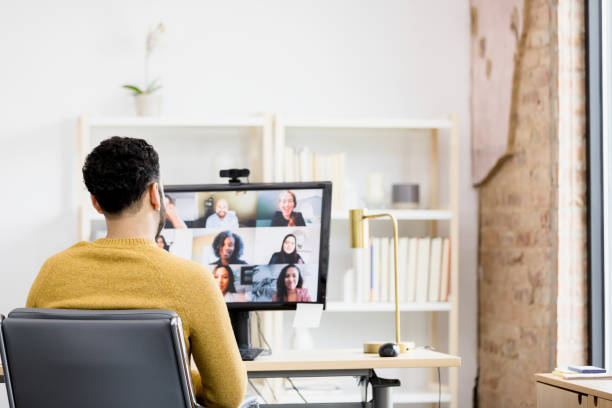
We all know that remote work has become something of a prevalent force in the modern world, but how does it affect traditional in-person roles such as chefs, construction workers, and hospital staff? What innovations will make it possible for those in various industries relying on manpower to operate remotely?
Virtual cooks being employed over the internet?
It may seem like a stretch to have chefs to oversee kitchen operations, manage food safety and cook from home, but it is possible.
For instance, virtual cooking classes, cookbooks, online consultations, can all be part of their service. There are new opportunities wherever you look, as long as you’re creative, a flair for remote work productivity and have a mind for marketing.
The fact is that there are chefs who offer virtual cooking classes to their students via video conferencing tools, and we hardly need to mention social media and how many professional chefs have taken to those platforms in order to share their knowledge, market themselves as an in-demand chef, and make money all from the comfort of their own home.
In traditional settings, such as a restaurant, it’s not unbelievable to think that someone like Gordon Ramsey – with so many restaurants all over the world – would partake in online seminars or conferences to ensure that the standards of his restaurants continue to be met.
Building from afar?
Construction work is often considered one of the most physically demanding roles, but the use of remote work tools and technology is changing the industry in a variety of ways. Construction companies are using drones to monitor and survey job sites, reducing the need for in-person inspections.
Many companies are using virtual and augmented reality tools to create 3D models of construction projects, allowing engineers and architects to collaborate remotely and visualize designs before construction begins. Finally, the use of building information modeling (BIM) software has enabled remote workers to create detailed models of buildings and structures, which can be shared and reviewed remotely by team members around the world.
Get treated or diagnosed from the comfort of your own home
In-person medical care has been a fundamental aspect of healthcare for centuries, but the COVID-19 pandemic has led to a significant increase in the use of remote care technologies, such as telemedicine. Telemedicine involves using video conferencing tools to connect patients with medical professionals, allowing doctors and nurses to diagnose and treat patients remotely.
This approach has proven particularly useful during the pandemic, as it has reduced the risk of virus transmission and enabled healthcare professionals to provide care to patients in remote or underserved areas. Hospital staff have been using remote monitoring tools to keep tabs on patients’ vital signs and health status, allowing them to intervene quickly if necessary.
Robots have also been implemented in some hospitals and they perform tasks such as disinfecting hospital rooms and delivering medication, reducing the need for in-person contact. Aside from that, there has also been an increase in clients seeing their counselors over the internet, rather than having in-person appointments.
Technology is a true modern marvel and remote work will allow us to break free from having to be somewhere in order to execute certain tasks and services. The industry will only continue to grow with technology taking us to above and beyond.


































